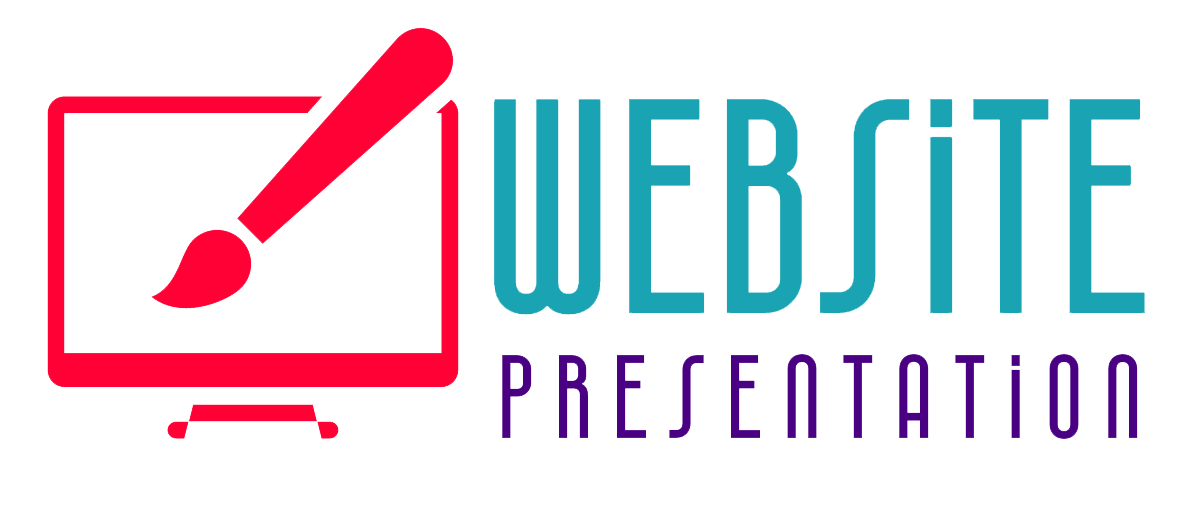The significant role of call-to-action (CTA) buttons cannot be overstated in web design. In web design, effective CTAs tend to act as a guide for your visitors, encouraging them to take a desirable action while interacting with your website. This could range from subscribing to a newsletter, making a purchase, or even downloading a resource. To sum it up, CTAs are the bridge that connects casual visitors to becoming active users or customers.
How Persuasive Language and Visuals Enhance CTAs
Persuasive language and visuals play a significant role in enhancing the effectiveness of CTAs. They grab attention, spark interest, and motivate users to respond to the CTA. A compelling language coupled with engaging visuals can drive conversion and enhance user experience significantly, making them vital tools in web design.
Persuasive Language Techniques
When designing powerful CTAs (Call to Actions), it’s crucial to leverage persuasive language to engage your target audience and motivate them to take action. Here some techniques:
- Use Action-Oriented Words in CTAs: Action-oriented words are direct, commanding, and leave little room for ambiguity. They significantly impact provoking user responses. For instance, words like “Buy”, “Subscribe”, “Download”, or “Start” encourage users to take immediate actions.
- Create a Sense of Urgency: Creating a sense of urgency in your CTA can trigger an emotional response and prompt users to act promptly. Words such as “Now”, “Today”, or phrases like “Limited Time Offer” can create an impression of scarcity or deadline, leading to quicker user responses.
- Personalize and Address the Target Audience: Personalization is an effective technique where your CTA specifically addresses your target audience or offers customer-specific recommendations. An excellent example would be, “Start Your Free Trial Now, James!” or “Find Your Perfect Dress Today, Sarah!”

Visual Design Strategies
By using persuasive visuals and thought-out design strategies, you can encourage your audience to take the desired action. Here are some strategies you can try:
- Utilize Color Psychology: The use of color psychology in web design can significantly influence how users react to your CTAs. Different colors elicit different emotional responses, which influence user behavior. For instance, red is often associated with urgency and can be effectively used to instigate immediate action.
- Use Contrasting Colors: Contrasting colors are perhaps the simplest and most effective method to make your CTAs stand out. A great color contrast between the CTA button and its background can draw users’ attention, making them more likely to click on it.
- Incorporate Attention-Grabbing Visual Elements: Eell-chosen visual elements can help enhance your CTAs. These could include arrows pointing towards the CTA, images of people looking at it, or animations emphasizing the button. These visual cues can effectively guide user attention to your CTA, leading to improved click-through rates.
- Play with Size and Position: An appropriately sized and strategically placed CTA can attract better attention.
Combining Language and Visuals
Combining persuasive language with compelling visuals is an excellent approach to create effective Call to Actions (CTAs) in web design. This could effectively drive user engagement and increase click-through rates on your CTA. Each one brings a unique strength to your web design and together, they can ensure a powerful and persuasive CTA. Here’s how you can do it:
- Simple Yet Powerful Words: Keep your CTA text concise. Use words that prompt action, such as “Buy Now”, “Subscribe Now”, “Get Started” and so forth.
- Visual Hierarchy: Align your textual content and visuals in a way that guides the user’s eye toward the CTA. Make sure the CTA stands out visually.
- Consistent Branding: Use branding elements such as color and font that resonate with your brand identity to create a cohesive visual message.
- Use of Imagery: Incorporate images or icons that communicate the value of the action to be taken. For instance, a shopping cart icon could be used for an e-commerce CTA button.

Mistakes to Avoid
It’s critical to ensure your Call to Action (CTA) is effective in driving conversions. However, even with the best intentions, mistakes can happen. Avoiding these common CTA mistakes can greatly enhance the effectiveness of your marketing efforts. Here are a few:
- Unclear Language: The language in your CTA should be straightforward and direct. Avoid using jargon or complex phrases that may confuse your audience.
- Overcrowded Design: A cluttered design can distract users from the main action you want them to take.
- Lack of Testing: A/B testing is crucial in determining what works and what doesn’t. Always test different design and language variations to see which yields the best results.
- Ignoring Mobile Users: Remember to optimize your CTAs for all devices, especially mobile, as more people are browsing the web on their phones.
Key Takeaways
Creating effective CTAs in web design involves the use of both compelling language and visuals. It’s a crucial part of any marketing campaign because it’s what drives your audiences to take a desired action. So make sure every CTA you create is designed with strategy and purpose in mind. Here are some key takeaways:
- Always use a strong command verb to start your CTA. It’s what gets your audience moving.
- Make use of persuasive text that creates a sense of urgency or curiosity.
- Use bold and contrasting colors for your CTAs to grab attention.
- Using a large font size can also make your CTA stand out. But remember, balance is key.
- Include an icon or image if you can as this can increase engagement rates.







